Secondary caries or recurrent caries can occur around defective restorations or broken fillings. If a dental decay becomes chipped or rough, it may accumulate more plaque and then can become a risk factor for secondary decay. While preparing for dental cavity, the dentists try to create ideal restorations to restore functionality and aesthetics. The factors that make a secondary caries restoration successful depend on how well they fit, their ability to withstand without breaking, and their visual appeal. One must take care after tooth treatment.

Causes of Secondary Caries:
- Poor oral hygeine
- Microleakage underneath dental prosthesis
- Cracks in the fillings
- Rough fillings
- Broken fillings
- Old and worn out fillings
- Short margins crowns and bridges
- High dental risk for tooth decay.
Treatment of tooth with Secondary Caries
Usually secondary caries go unnoticed unless the caries has progressed deeper but with regular dental check-up visits one can detect it as early as possible with the help of bitewing radiograph. This is the most common X-ray used to detect secondary caries. Clinically a dentist will detect your secondary caries or cavity with the use of basic diagnostic instruments such as a probe or an explorer, laser or by a simple visual checkup. Once detected it becomes mandatory to treat the cavity before it progresis further more.
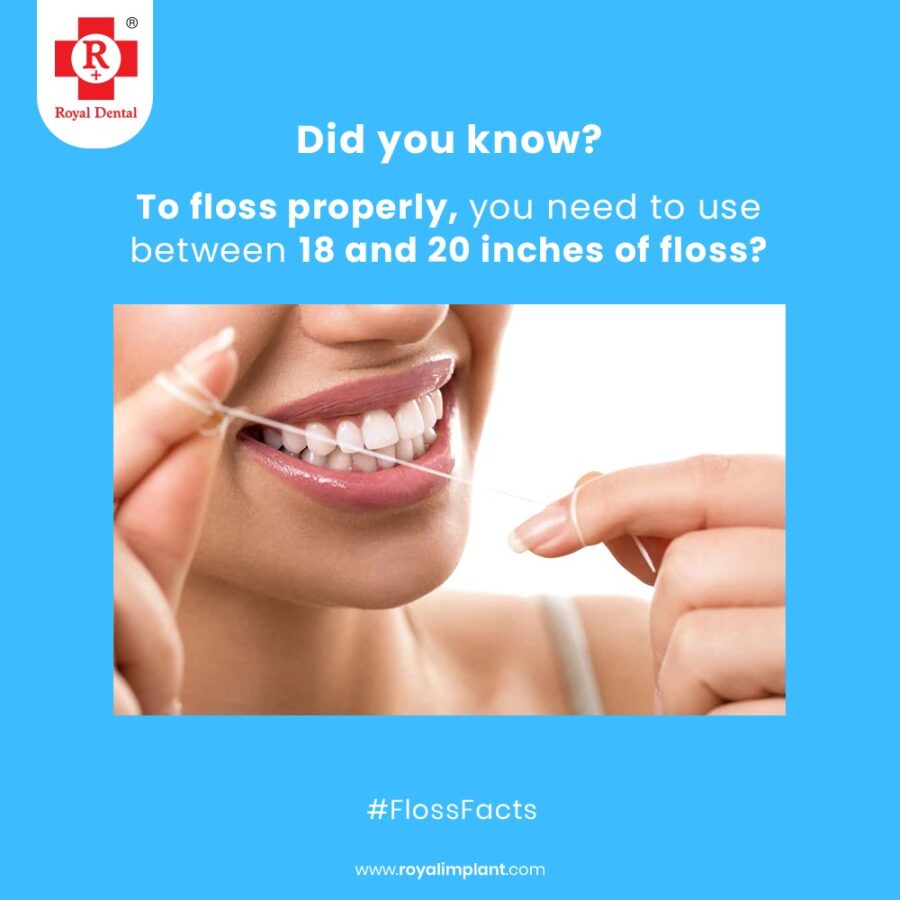
Secondary Caries Tooth Treatment
Secondary caries cannot be treated by using our day to day standard oral hygiene practices because they are tinny, microscopic and inaccessible. Excavating the secondary caries should be a first line of treatment. Once the caries is excavated, one needs to replace the filling or restoration old, broken or fractured with new advanced dental filling material. Fractured, cracked or worn-out crowns or completely dislodged even missing crowns needs to be replace wit new fabricated crown and bridges.
Going conservative is a best line of treatment. If the caries has progressed more deep towards the pulp one can get proper diagnostic X-rays and decide the line of treatment.
How to prevent Caries?
As rightly said a stitch in time saves nine. This phase is rightly applicable related to secondary caries. Preventing secondary caries can be just as simple as maintaining proper oral hygiene and also brushing twice daily for 2 minutes and with proper technique can help. Using fluoride releasing toothpaste help in remineralisation of the tooth structure. flossing can prevent food accumulation and plaque formation and flossing once daily can give a refreshing smile all day.
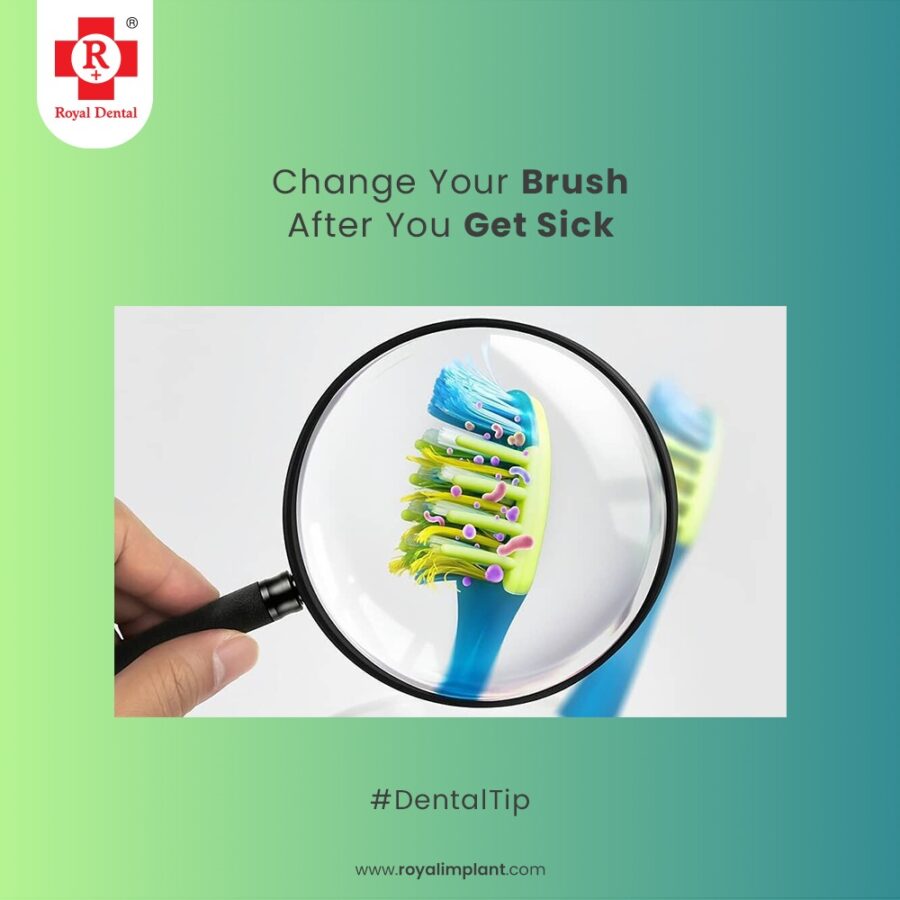
In between regular visits to the dentist, there are simple ways that you can imbibe into your daily routine.
- Brushing as per technique twice a day and flossing daily. Watch Here.
- Using toothpaste containing fluoride. Read more to know.
- Eating a balanced diet and limiting snacks between meals.
- Rinsing with a fluoride mouthrinse if your dentist tells you to
- Making sure that your children under 12 drink fluoridated water or take a fluoride supplement if they live in a non-fluoridated area.
Diet plays a major role in preventing Caries.
Fibre rich fruits and vegetables, cheese, milk, plain yogurt and other dairy products. Green and black tea, sugarless chewing gums, foods with fluoride, drink plenty ion water, may be some suggestions for healthy food for teeth.

Visual Signs of Secondary Dental Tooth Caries
- Discolouration or dark black or soft brown lesion on the surface.
- Softening of the tooth structure, disintegration and eventually cavity formation.
- Fractures, Chips, Cracks, Rough Edges etc could be some signs too.
Worldwide, approximately 3.6 billion people (48% of the population) have dental caries in their permanent teeth as per World Health Organization. And nearly all adults have dental caries at some point in time. Secondary caries is a phenomenon of the developed world.
A visit to your dentist every six months is a must. In these sessions the dentist would have a through checkup of all the restoration and fillings and crown and bridges to see if they are intact. Removing the hard calcified plaque by scaling would help the dentist detect if it’s a stain or cavity.
Conclusion Tooth Treatment
It can be easy to forget how much people assume about you based on the appearance of your teeth. This is one of the reasons for practicing proper oral hygiene is so important. The good news is that in addition to getting your oral health back on track, your dentist also offers many cosmetic dentistry options that can help make sure your smile always helps you make a great first impression.


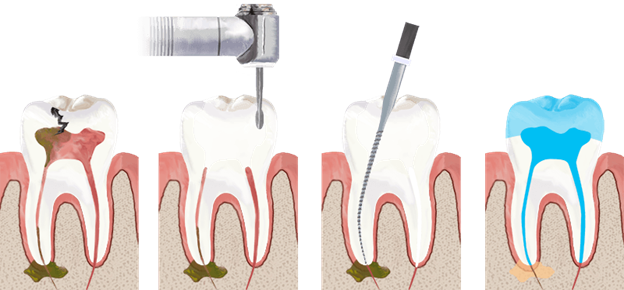
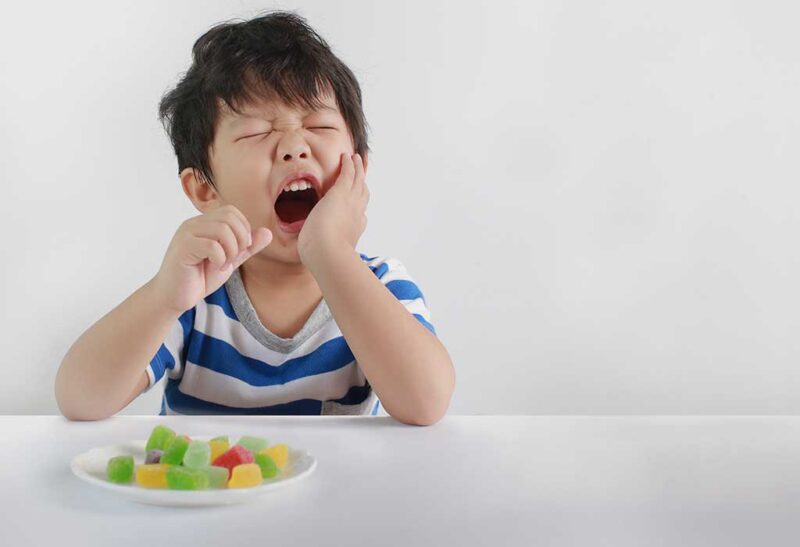
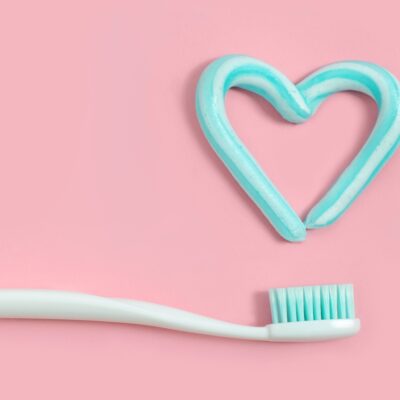

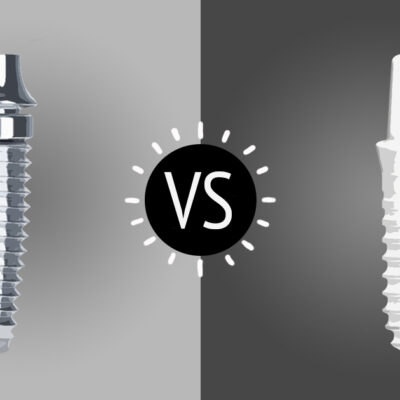
Fractured, cracked or worn-out crowns or completely dislodged even missing crowns needs to be replace wit new fabricated crown and bridges.